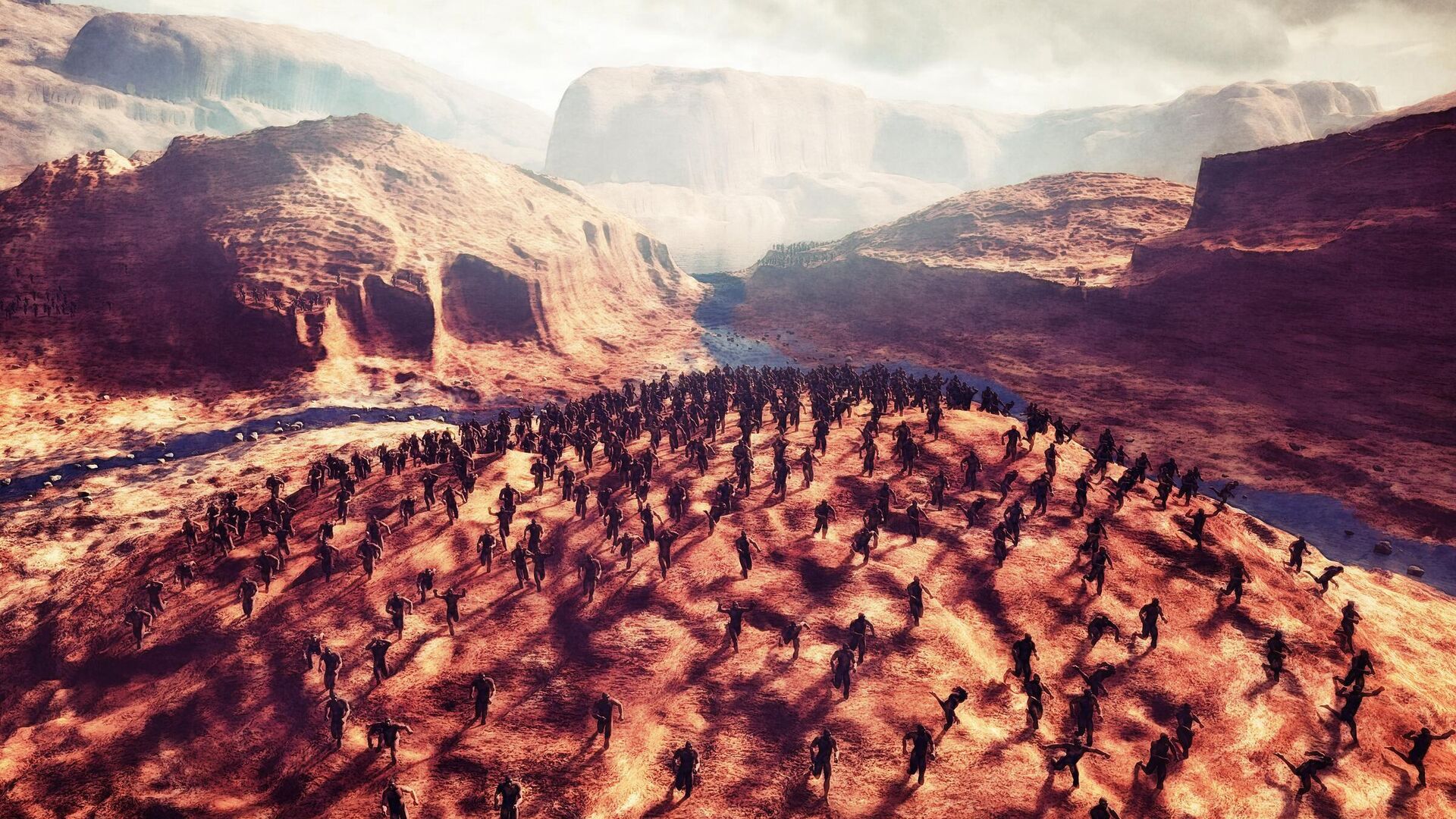
MOSCOW, November 9, Vladislav Strekopytov. A full-scale armed conflict, in which different peoples participated, broke out in the Stone Age — about five thousand years ago. Anthropologists came to this conclusion after studying skeletal remains from a mass grave in northwestern Spain. According to scientists, this was the first real war in human history.
Prehistoric Wars
The oldest written records of major military conflicts, such as the Trojan War, the wars of Egypt and the Hittite Empire, Sumer and Babylonia, date back to the Bronze Age (4000-2800 years ago). Archaeologists also find evidence of armed violence in Stone Age burials. The remains of primitive people, Homo sapiens and Neanderthals, often showed traces of serious injuries and damage from stone tools.
In the Early Paleolithic, these are mostly isolated finds that can be explained by accidents. About 15 thousand years ago the picture changed radically. At Late Paleolithic sites, scientists encounter many human bones with stuck spear and arrow tips. It seems that after the advent of bows and spear throwers, killing one’s own kind became commonplace, one of the varieties of hunting.
The oldest recorded scenes of combat are believed to be rock paintings of combatants discovered in Arnhem Land in northern Australia. Their age is about ten thousand years. Slightly younger — from nine to four thousand — are the drawings in the caves of eastern Spain. They already show massive scenes of confrontation with the participation of a hundred or more people armed with bows.
However, until recently, anthropologists believed that in the Stone Age, before the emergence of the first states, full-scale and long-term military operations were impossible due to the low level of social organization and limited resources, and artistic artifacts reflect only episodes of intergroup or intertribal skirmishes. However, new research refutes this opinion.
Neolithic mass grave
In 1973, the Spanish priest and ethnographer José Miguel de Barandyaran explored the abandoned chapel of St. John the Evangelist in front of the Latin Gate (San Juan Ante Portam Latinam) in the province of Alava in the north-west of the country. Next to her he discovered an unknown burial. In 1985, a bulldozer widening the road near the chapel accidentally opened another one. But this was no longer a single grave, but a whole underground chamber with an area of about 20 square meters, filled with human skeletons.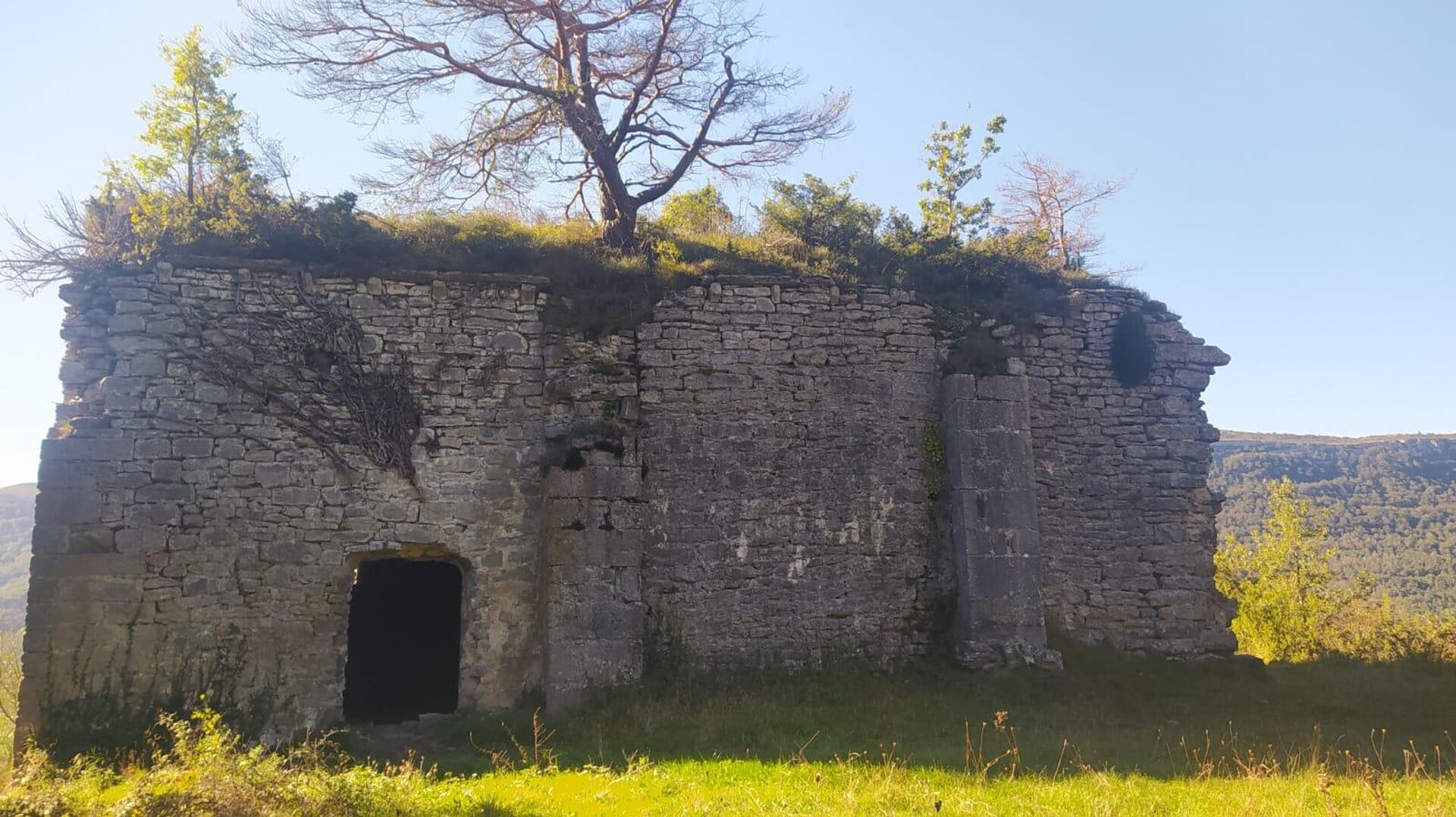
Over several years of excavations, archaeologists recovered the remains of 338 people from the burial ground, which received the designation SJAPL (an abbreviation for the name of the chapel). Many had damaged bones and fractured skulls. Near the skeletons they found 52 flint arrowheads, 64 stone blades, two stone axes (all with traces of use), five bone awls and several personal ornaments. According to radiocarbon dating, the finds are 5400-5000 years old.
Funeral customs of this period are well studied. It is known that the inhabitants of southern Europe in the early Neolithic buried their dead in single graves or burned the bodies. Because the skeletons lay haphazardly on top of each other at the SJAPL burial ground, scientists theorized that the site had been a massacre—a “massacre,” as they wrote in a preliminary report.
Some details, such as personal weapons and jewelry next to the buried ones, as well as the extreme abundance and variety of injuries on the dead, did not really fit into this version. But they did not continue the study, and the complete collection of samples was transferred for storage to the Bibat Museum in Alava (Basque Country, Spain). The fact that this was a mass grave of soldiers who died in a major battle seemed incredible at the time.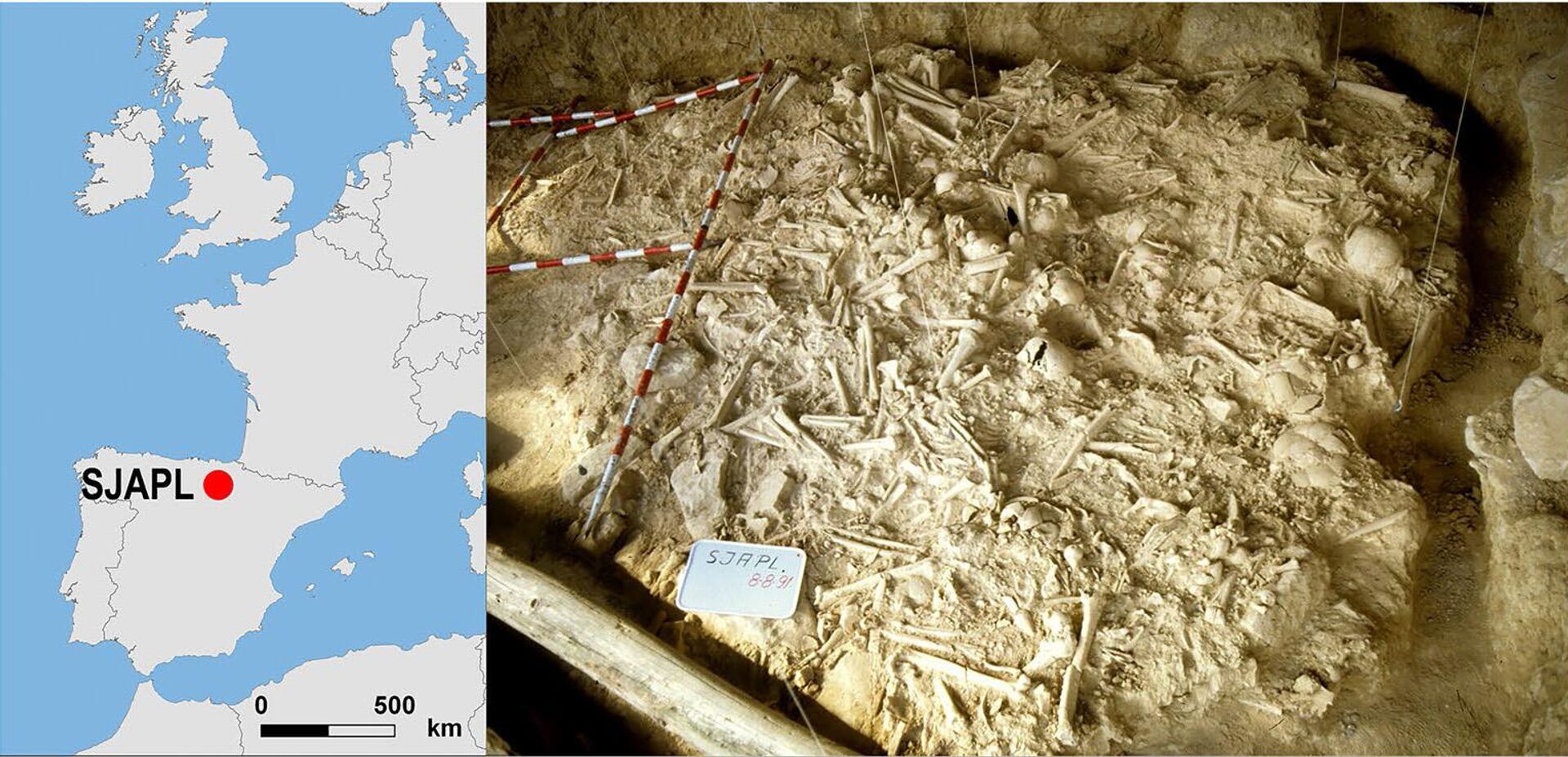
Large conflict
30 years later, Spanish anthropologists led by Teresa Fernandez-Crespo from the University of Valladolid, together with colleagues from the UK, decided to conduct a repeat study. Its results were published in the journal Scientific Reports.
The authors write that SJAPL differs from other known Stone Age mass graves primarily in its scale. In the “mass graves” discovered earlier, there are no more than 30-40 skeletons. The second important detail is the extremely high number of injuries, which, judging by the nature, were received in battles and not as a result of an accident or execution.
In total, scientists identified 65 unhealed bone injuries and 89 healed bone injuries among the buried. 23 percent of the remains showed signs of damage. Among male skeletons, half of them are like that. This is incredibly high, considering that, according to statistics, the majority of injuries incompatible with life usually occur to wounds of soft tissues and internal organs.
The predominance of male remains, an extremely high percentage of injuries from military weapons, as well as multiple injuries, including partially healed, according to researchers, clearly indicate that SJAPL is a military burial.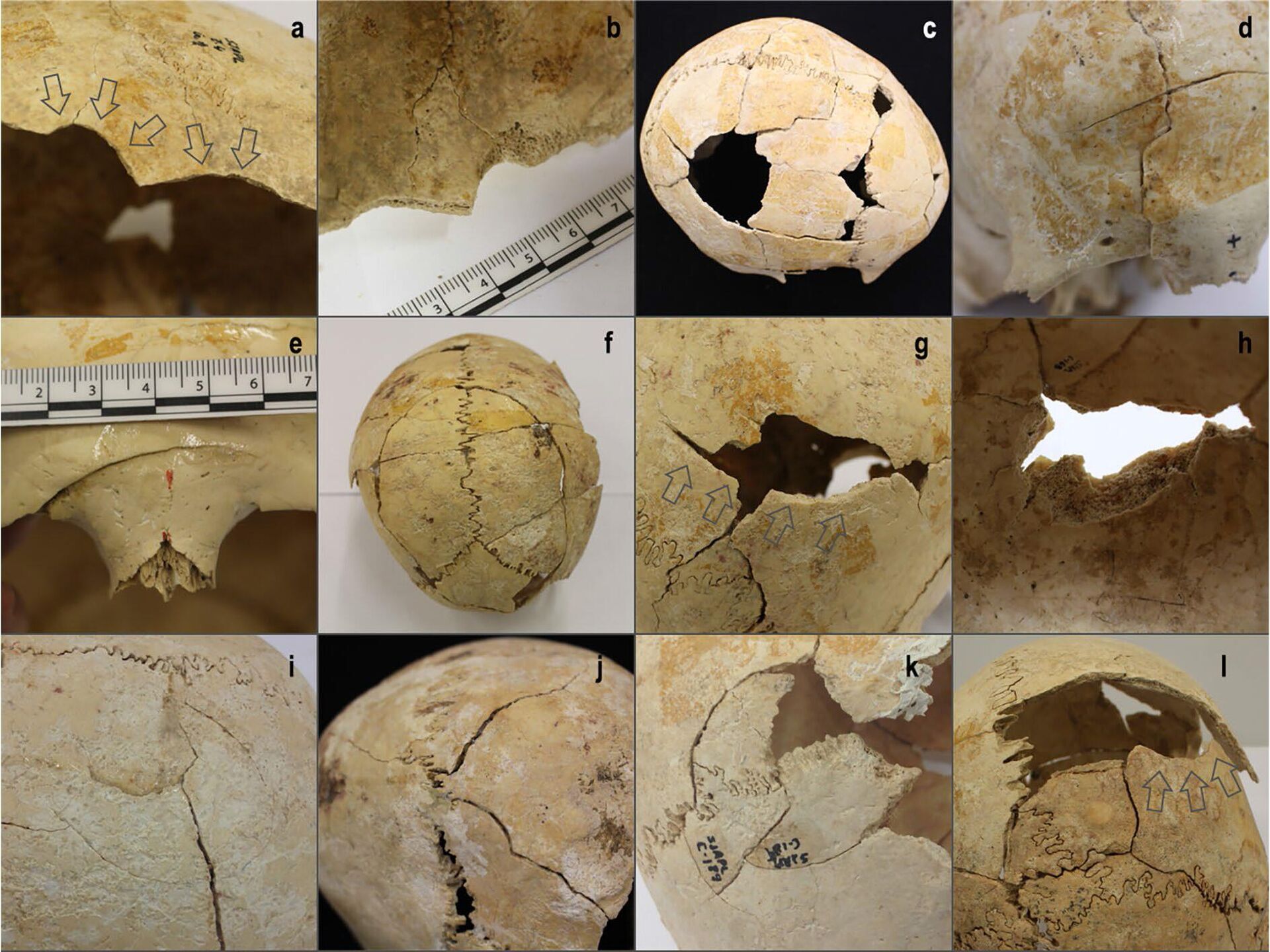
Scientists have found traces of at least 41 arrow hits. At the same time, some bones show signs of stab wounds. None of this is consistent with the original version of the massacre. It is highly likely that the people buried in the SJAPL burial ground participated in a prolonged military conflict, combining both direct hand-to-hand combat and attacks from a distance.
«Most injuries were fractures resulting from blows with stone clubs, axes and adzes, hits from arrows made of wood, bone or horn, as well as stone projectiles launched with a sling,” write the authors of the article.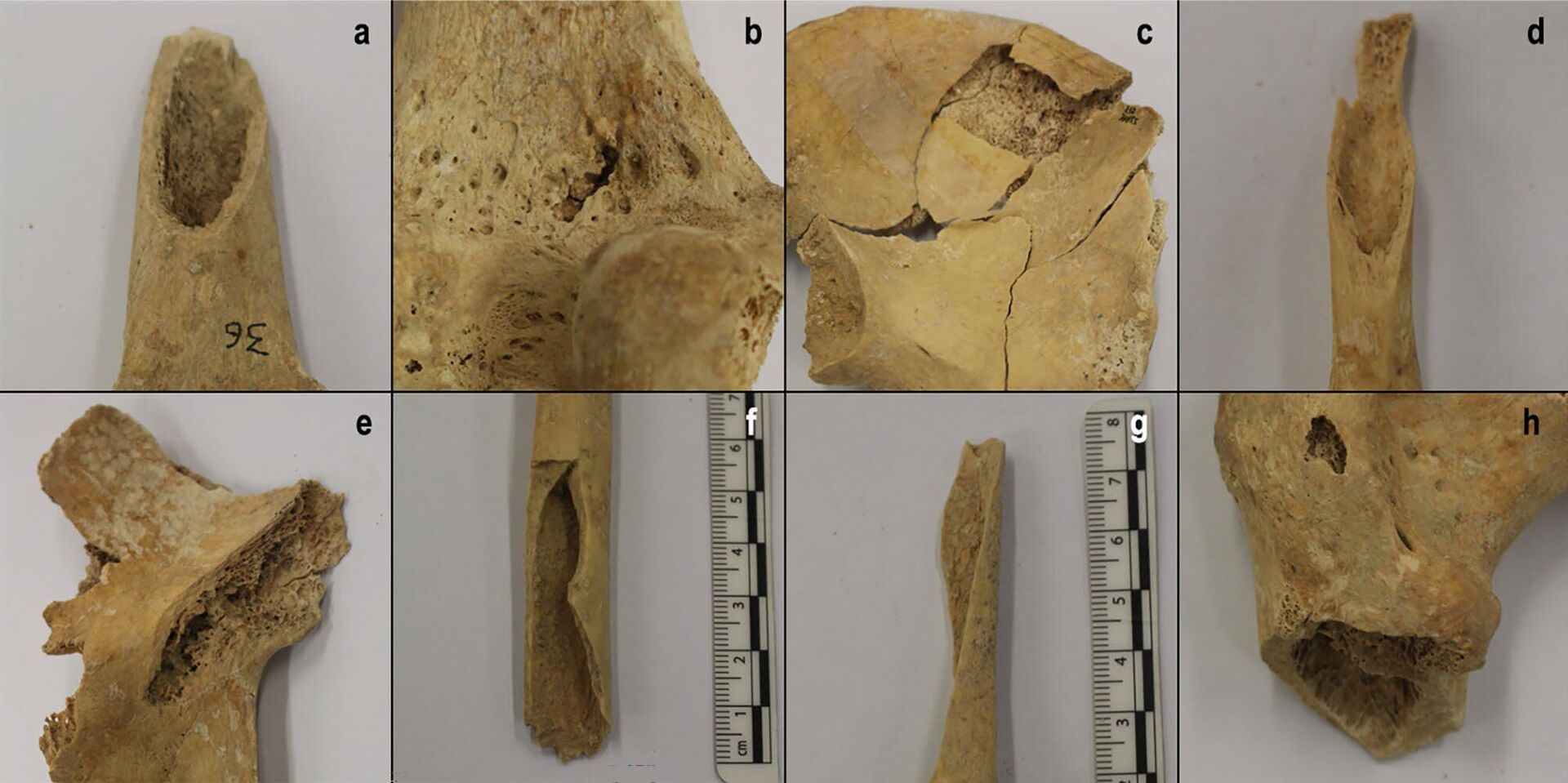
The very first war
The researchers' findings provide new insights into other group burials in megalithic tombs, caves and rock shelters from the same period, scattered throughout the Iberian Peninsula and beyond. Over a wide area from the Atlantic Ocean to the Black Sea, in burials of the 4th — early 3rd millennium BC, archaeologists have discovered an unusually large number of skulls with traumatic injuries, often fatal.
Genetic tests have shown that people from the SJAPL burial ground belong to different ethnic and cultural groups. Some arrived from distant regions — Central and Southern Europe, North Africa.
All this indicates that more than five thousand years ago a real war broke out in Europe, which lasted, judging by the healed wounds of its participants, for months, and perhaps even years. A conflict of this magnitude was bound to have broad socio-economic consequences and affect all spheres of life. Indeed, skeletal remains from regular burials from this period often show signs of ill health and emaciation.
It is possible that hunger and deteriorating living conditions were not a consequence, but a cause of the conflict. Around the 5th millennium BC, the so-called Neolithic revolution began in southern Europe — the transition from an appropriative mode of farming (hunting and gathering) to a producing one (agriculture and cattle breeding). This process did not proceed smoothly in all territories; differences in the level of development and traditions affected the wars are becoming larger and bloodier. Even before people learned to make metal tools, large-scale and long-term armed conflicts occurred.





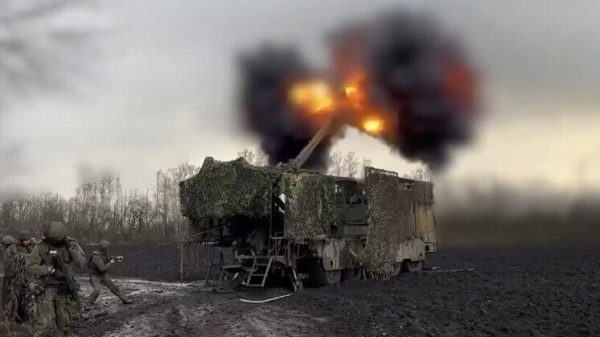





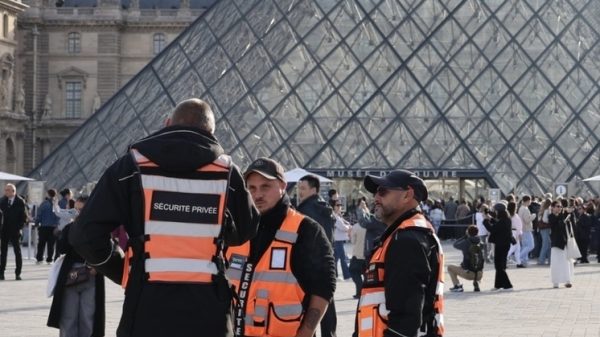












































Свежие комментарии